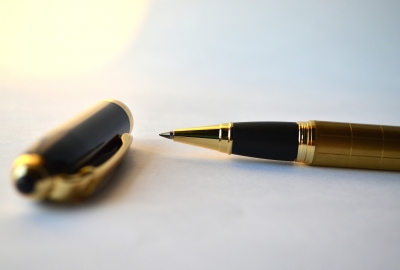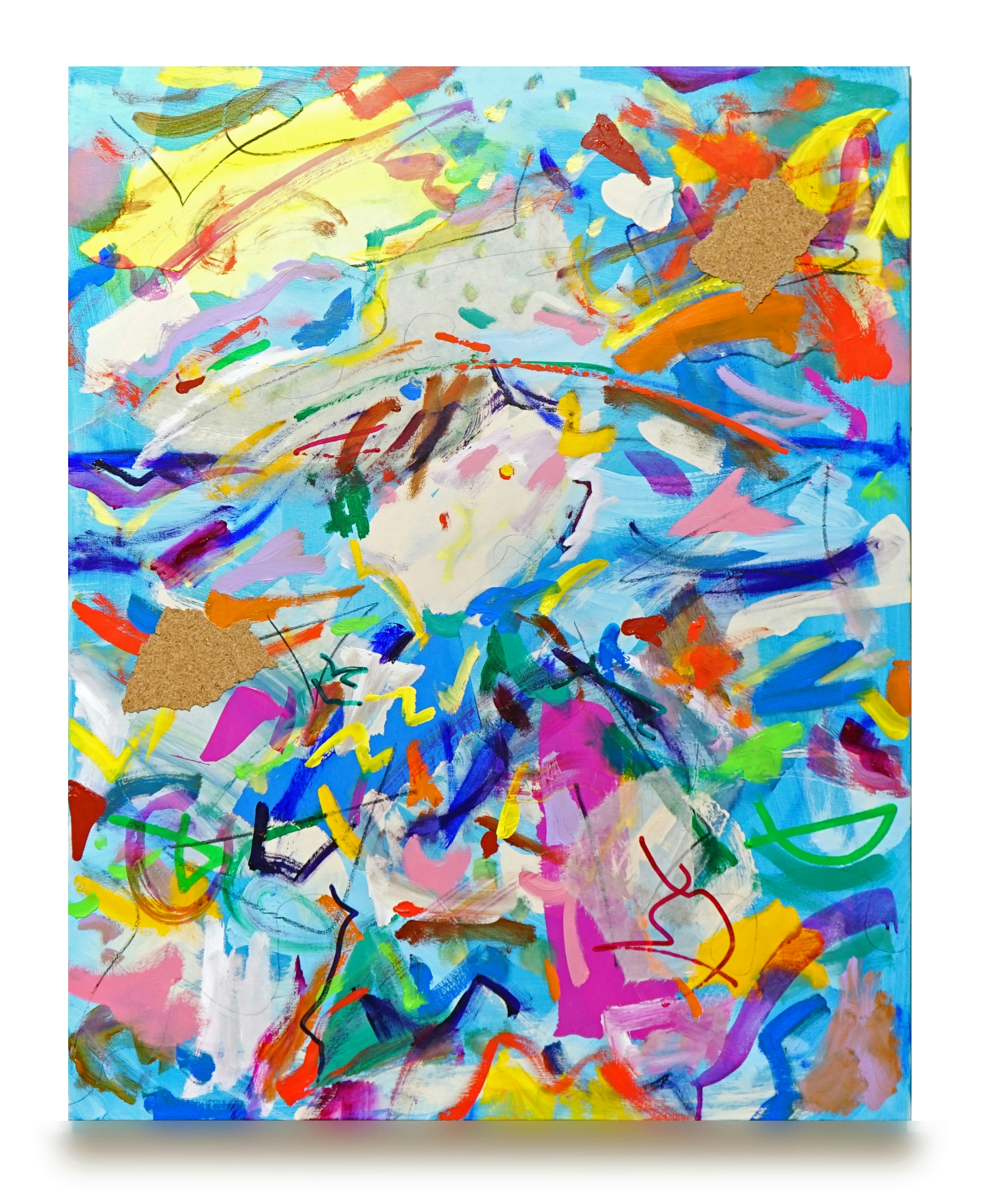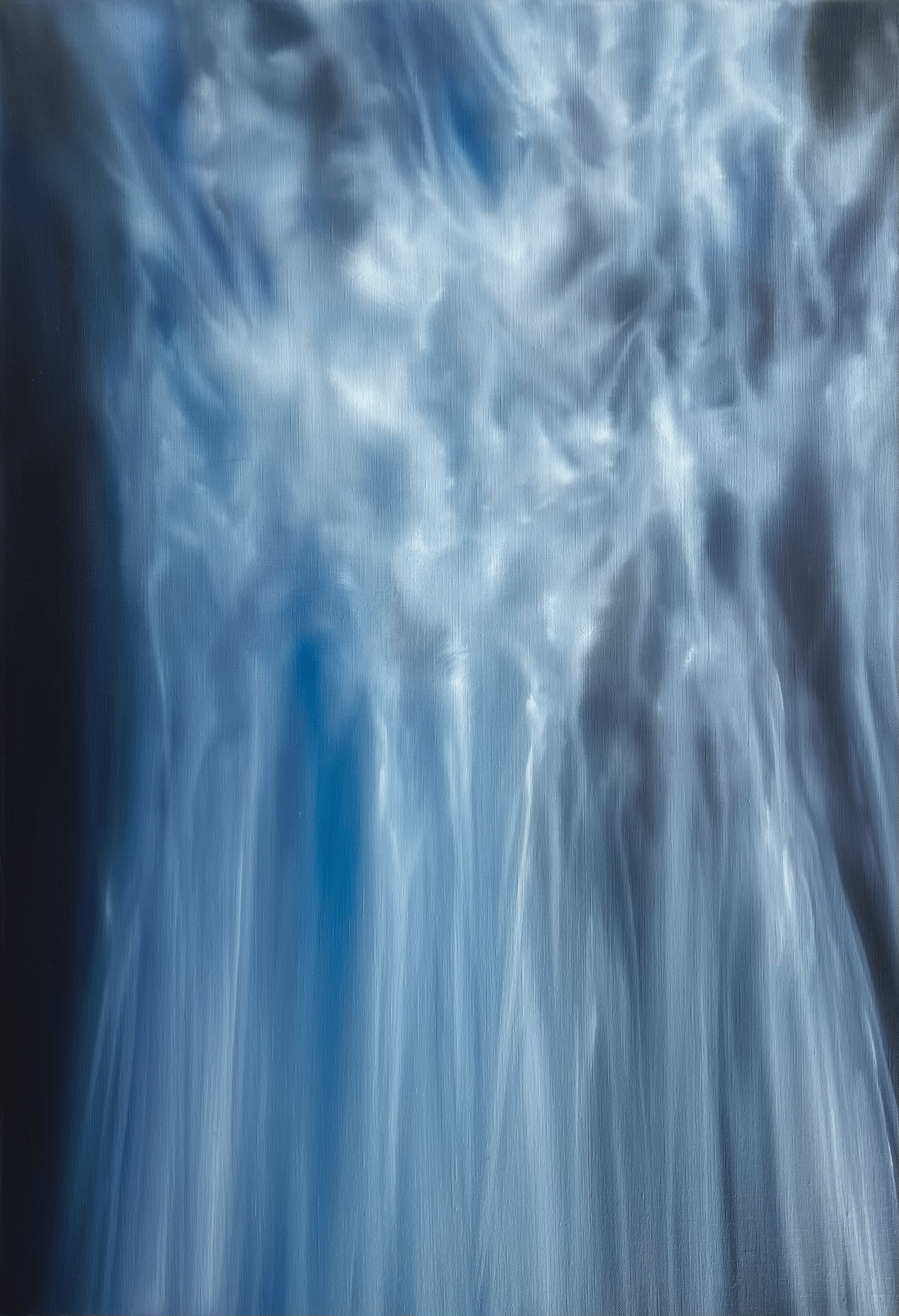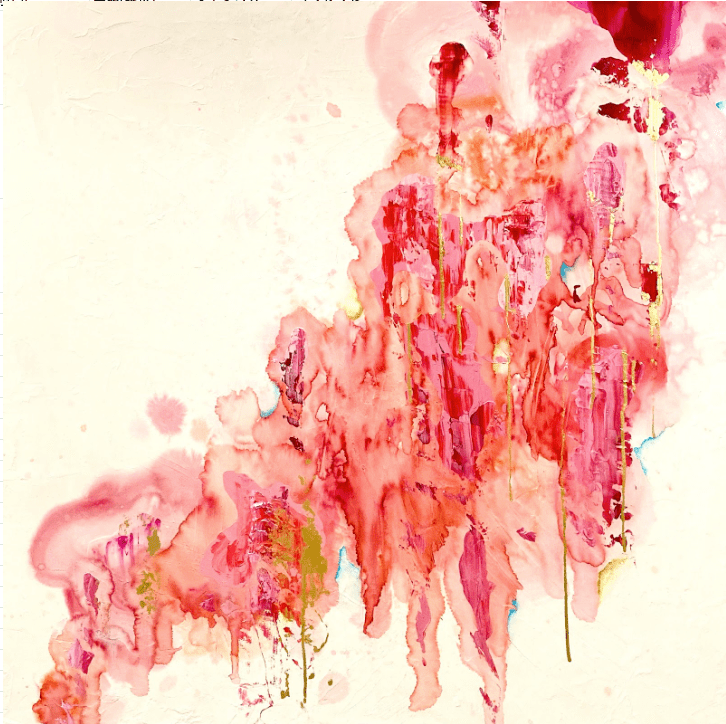
Depreciation is the procedure for spreading and recording the cost of fixed assets over the useful life of each asset. It is a very important part of the accounting process, and it is important to have accurate knowledge of it.
In this article, we will explain the expense account items of works of art that are subject to depreciation and their useful lives! This article is a must read for all corporations and sole proprietors who are considering the purchase of artwork.
Whether or not depreciation is applicable to a work of art depends on the value of the work.
For your information, the depreciation system for works of art has been revised, so there are changes in the treatment of works of art acquired on or after January 1, 2015 (2015), and it is important to be up-to-date on the latest knowledge.
It is important to keep up-to-date with the latest information. This article will give you the knowledge to determine whether or not you can depreciate artwork that you have or will acquire in the future.
Corporations can depreciate works of art worth less than 1,000,000 yen each, while sole proprietors can depreciate works of art worth less than 300,000 yen each.
Paintings and works of art can be depreciated if they are less than 1,000,000 yen per item for corporations and less than 300,000 yen per item for sole proprietorships.
Paintings and works of art less than 1,000,000 yen per item (300,000 yen for sole proprietorships): Depreciation is allowed in principle (depreciable assets).
Paintings and works of art valued at more than 100,000 yen per item (300,000 yen for sole proprietors): Depreciation is not allowed in principle (non-depreciable assets).
Here, a caveat of caution is attached.
Works of art less than 1,000,000 (300,000) yen per item that "clearly do not decrease in value with the passage of time" are non-depreciable assets, which means that they cannot be depreciated.
Works priced over 1,000,000 yen per piece are depreciable assets, meaning that they can be depreciated if it is clear that their value will decrease with the passage of time.
Is this a little hard to picture? To put the second item a little more clearly, "items that clearly decrease in value with the passage of time" can be considered to be items that meet all of the following conditions
(i) Items acquired for decorative or display purposes in places used by an unspecified number of people, such as the lobby of a hall or the hall of a funeral hall (excluding items that are open to the public for a fee). (i) The property must be acquired for decorative or exhibition purposes (excluding items open to the public for a fee) in a place used by a large number of unspecified persons, such as the lobby of a hall or a funeral hall.
(ii) It is difficult to relocate and it is clear that the property will be used only for the said purpose.
(iii) The item is not expected to have market value as a work of art, etc., based on its condition of installation and use, assuming that it is to be converted to other purposes.
Source: National Tax Administration Agency [FAQs on the determination of depreciable assets for works of art-[Q2]].

Exception: Items of historical value that cannot be replaced are not depreciable.
Paintings and works of art with irreplaceable historical or rare value are not depreciable. This is because they are "assets whose value does not decrease with the passage of time. Mainly, the following works of art fall under this category.
Antiques
Old documents
Excavated artifacts
Artifacts
Useful life of works of art
Next, we will discuss the useful life of paintings and works of art.
Useful life is the number of years an asset can be used for depreciation. The useful life is determined by the structure and materials of the artwork, so please make sure you understand the exact information and use it in your procedures.
This section explains the useful life of artwork in the case of "interior decorations. The types of paintings and works of art described in this section are as follows
Metals
Other paintings, etc.
For information on the useful life of other depreciable assets, please refer to the IRS website.
Useful life table
Works of art (metals)
The useful life of works of art (metals) is 15 years. Works of art (metals) fall under the category of "Interior decorations - mainly made of metal" in the furniture and fixtures item.
Works of art (other paintings, etc.)
The useful life of works of art (other paintings, etc.) is 8 years. Works of art (other paintings, etc.) fall under the category "Interior decorations - other" in the Furniture and fixtures section. Works such as ceramics and sculptures also fall under this category.
Note that the useful life of paintings and works of art can vary as much as seven years depending on their type. It will be easier to remember if you use whether the work you own contains metal or not as a criterion.
Is the artwork depreciated using the declining balance method? Straight-line method?
Depreciation of paintings and works of art can be calculated using either the declining-balance method or the straight-line method.
Declining-balance method: Depreciation is calculated by depreciating a fixed percentage each year.
Straight line method: Depreciation is calculated by depreciating a fixed amount each year.
What is the appraisal account for artwork?
Artwork accounts for property, plant, and equipment (tools, furniture, and fixtures). Solid assets are classified as tangible and intangible, and investments and other assets. Below are detailed contents and examples.
Tangible fixed assets: Assets with physical objects (land, buildings . Machinery, vehicles, etc.)
Intangible fixed assets: Assets without tangible assets (e.g., trademarks, goodwill, patents, etc.)
Investments and other assets: Assets that do not fall under the above two categories (investments, long-term loans, etc.)
Summary of information on depreciation of works of art
The depreciation system for paintings and works of art has been revised and will apply to paintings and works of art acquired on or after January 1, 2015 (2015).
The depreciation of paintings and works of art is limited to 1,000,000 yen.
The useful life of works of art is 15 years for metals and 8 years for other paintings.
Depreciation of paintings and works of art can be calculated using either the declining-balance method or the straight-line method.
The depreciation method for paintings and works of art can be either declining-balance or straight-line method.
Paintings and works of art costing less than 100,000 (300,000) yen per piece: Depreciation is allowed in principle.
However, even if the price is less than 1,000,000 yen, depreciation is not allowed for "items whose value clearly does not decrease with the passage of time.
Paintings and works of art costing more than 1,000,000 yen per item: Depreciation is not allowed in principle.
However, even if the value is over 1,000,000 yen, depreciation is allowed for "items whose value obviously decreases with time.

How was it? The rules are not complicated or difficult to understand, but it is important to note that the rules applied will vary depending on the price and material of the work. Please save the summary as a screenshot or a note.
Our company, TRiCERA ART, sells art works by artists from all over the world, from young to experienced.
We have a cumulative total of approximately 70,000 pieces of artwork that are affordable at less than 1,000,000 yen, and above all, fascinating. We recommend the following artworks to you.
Recommended artworks under 300,000 yen for private business owners

by Anastassia Skopp
W 90.00cm x H 90.00cm|185,300Yen
.jpeg?w=2094&h=1495)
by hideaki FUJIMOTO
W 91.40cm x H 65.40cm / ¥245,000

by Kikuchi Ko
W 72.70cm x H 91.00cm / 170,000 yen
Art works under 1,000,000 yen recommended for corporate clients

by Saki Matsumura
W 112.30cm x H 162.10cm

by TOWA TAKAYA
W 50.00cm x H 72.70cm / 600,000Yen

by U-ku
W 91.00cm x H 91.00cm / ¥443,636